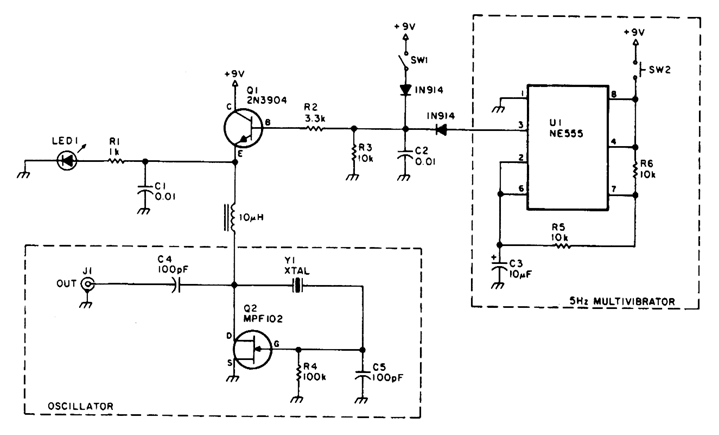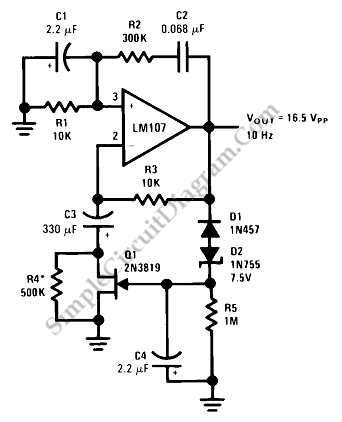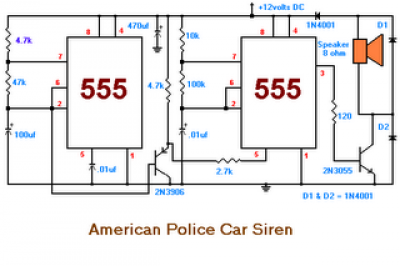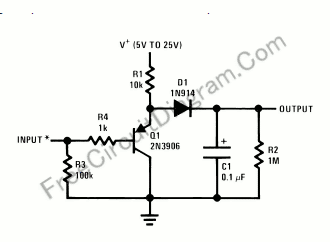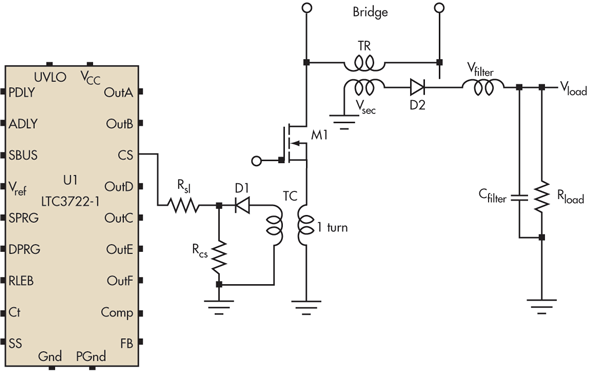
Can produce circuits within the range of 1-99% duty cycle of the digital set-precision PWM wave

The circuit described is a crystal oscillation circuit using a CM OS inverting configuration, designed to ensure accurate operation. It employs a BCD counter (IC2) capable of achieving a maximum oscillation frequency of 2 MHz, which is 100 times the required frequency of 20 kHz. Each output from the counter generates 100 clock pulses that trigger a flip-flop (IC7). The circuit resets when a comparator (IC4,5) detects that the duty cycle has reached the set value. Once the clock pulse count is completed, the reset circuit activates, and the output value is established at the desired duty cycle with a resolution of 1% increments, providing high stability.
The crystal oscillation circuit utilizes a CMOS inverting configuration to maintain precise frequency control. The BCD counter (IC2) serves a critical role in generating clock pulses, with a maximum frequency of 2 MHz, which allows for a robust output even at a significantly lower target frequency of 20 kHz. This design choice ensures that the circuit can operate efficiently while providing a stable output.
The output from the BCD counter is utilized to generate a series of clock pulses, which are then fed into a flip-flop (IC7). The flip-flop's role is to maintain the state of the output based on the clock pulses received, ensuring that the timing of the output signal aligns with the desired frequency. The reset function is crucial for maintaining the integrity of the circuit's operation; it is triggered when the comparator (IC4,5) detects that the duty cycle has reached the predetermined set value.
The comparator monitors the duty cycle closely, ensuring that the output remains within the specified parameters. Once the clock pulse count concludes, the reset circuit is activated, allowing the system to return to its initial state and prepare for the next cycle of operation. This design achieves a resolution of 1% increments, thereby offering fine control over the duty cycle, which is essential for applications requiring high precision and stability. Overall, this circuit design exemplifies effective use of digital components to achieve a reliable and accurate oscillation frequency.Dien stone crystal oscillation circuit CM OS inverting clamor ways to ensure work as accurate because it uses a BCD counter Wong (IC2, hi) so maximum oscillation frequency equa ls 2MHz (100 times the required frequency of 20kHz) o assume IC, each output 100 clock pulses to trigger a flip-flop IC7 0 reset do j hit with a comparator IC (IC4,5) setting: a duty cycle reaches the set value, when the clock pulse count is terminated, reset circuit, so, IC., has set an output value equal to the duty cross-shaped. Resolution 1% increments, and very stable.
The crystal oscillation circuit utilizes a CMOS inverting configuration to maintain precise frequency control. The BCD counter (IC2) serves a critical role in generating clock pulses, with a maximum frequency of 2 MHz, which allows for a robust output even at a significantly lower target frequency of 20 kHz. This design choice ensures that the circuit can operate efficiently while providing a stable output.
The output from the BCD counter is utilized to generate a series of clock pulses, which are then fed into a flip-flop (IC7). The flip-flop's role is to maintain the state of the output based on the clock pulses received, ensuring that the timing of the output signal aligns with the desired frequency. The reset function is crucial for maintaining the integrity of the circuit's operation; it is triggered when the comparator (IC4,5) detects that the duty cycle has reached the predetermined set value.
The comparator monitors the duty cycle closely, ensuring that the output remains within the specified parameters. Once the clock pulse count concludes, the reset circuit is activated, allowing the system to return to its initial state and prepare for the next cycle of operation. This design achieves a resolution of 1% increments, thereby offering fine control over the duty cycle, which is essential for applications requiring high precision and stability. Overall, this circuit design exemplifies effective use of digital components to achieve a reliable and accurate oscillation frequency.Dien stone crystal oscillation circuit CM OS inverting clamor ways to ensure work as accurate because it uses a BCD counter Wong (IC2, hi) so maximum oscillation frequency equa ls 2MHz (100 times the required frequency of 20kHz) o assume IC, each output 100 clock pulses to trigger a flip-flop IC7 0 reset do j hit with a comparator IC (IC4,5) setting: a duty cycle reaches the set value, when the clock pulse count is terminated, reset circuit, so, IC., has set an output value equal to the duty cross-shaped. Resolution 1% increments, and very stable.

